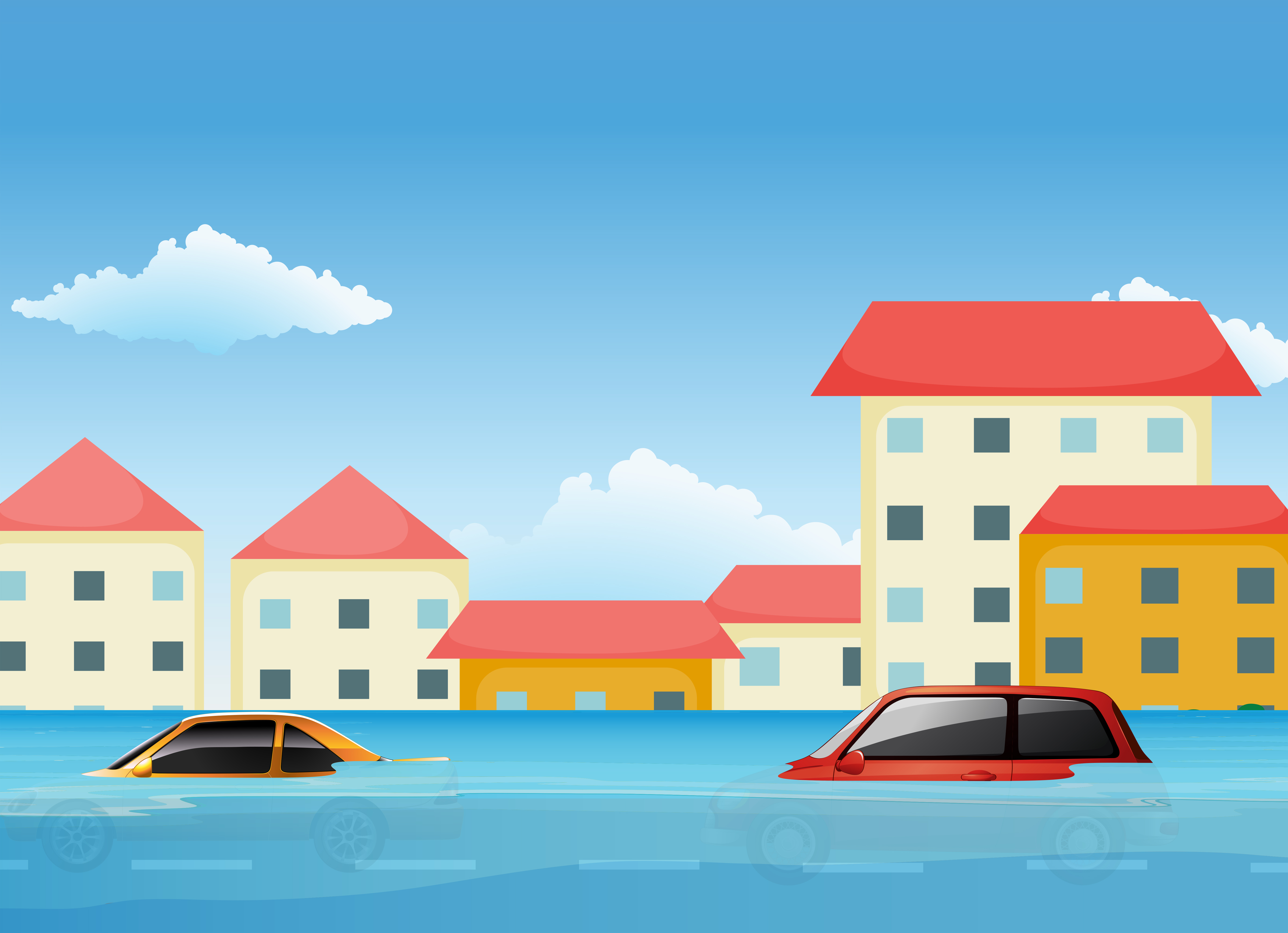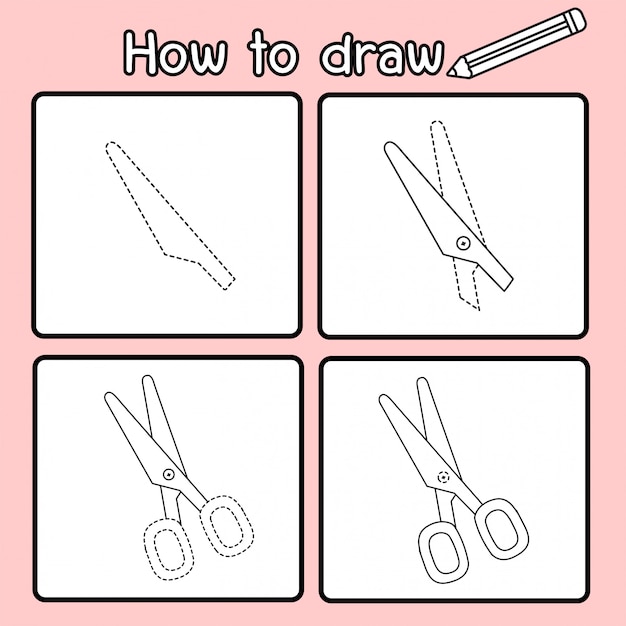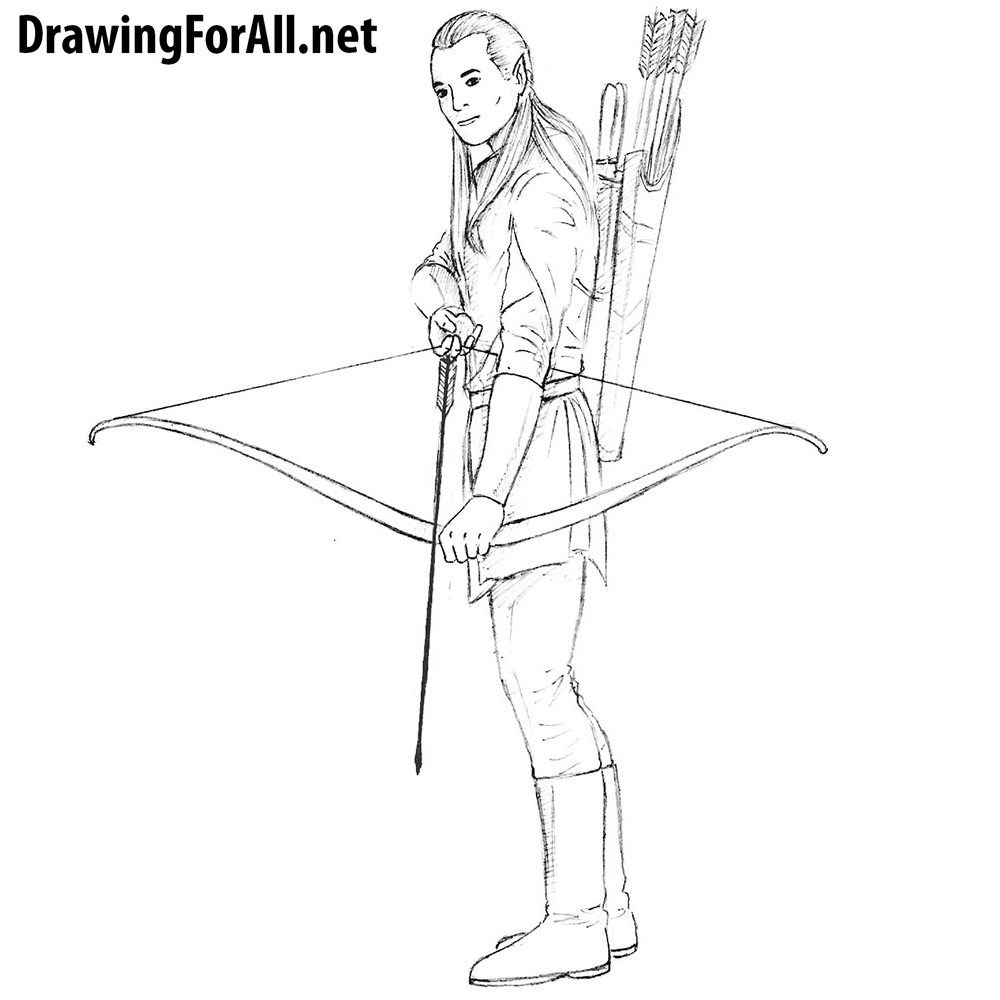Flood graphic color landscape city sketch illustration vector stock
Table of Contents
Table of Contents
Are you interested in learning how to draw a flooded city? Whether you’re an artist looking for inspiration or just someone who loves the apocalyptic aesthetic, drawing a flooded city can be a fun and challenging project. In this post, we’ll explore various techniques and tips for creating a stunning flooded cityscape.
Pain Points of Drawing a Flooded City
Drawing a flooded city can be intimidating, especially for beginners. It can be difficult to get the proportions and details just right, and capturing the right mood can be a challenge. Another issue that many artists face is how to make the water look realistic without it overwhelming the rest of the scene. All of these elements can make drawing a flooded city feel overwhelming.
How to Draw a Flooded City
The first step in drawing a flooded city is to gather inspiration. Look for reference images of cities that have been affected by floods, or check out some artwork by other artists who have tackled this subject. Once you have some inspiration, start sketching out the basic layout of your city, taking into account where the water would be located and how it would affect the buildings and landscape.
Next, start adding details to your sketch, paying close attention to the water and how it interacts with the rest of the scene. You’ll want to focus on creating a sense of depth and distance, using shading and perspective to make your flooded city look as realistic as possible. Don’t be afraid to experiment with different techniques and approaches until you find something that works for you.
Once you’re happy with your sketch, start adding color and texture to your drawing. Use a combination of watercolors, colored pencils, and markers to create a layered and detailed look. Pay close attention to the water, using a mix of blues and greens to create a realistic and dynamic effect. Finally, add any finishing touches or details to your drawing to bring it to life.
Summarizing the Main Points
In summary, drawing a flooded city can be a challenging and rewarding project. To get started, gather inspiration and sketch out the basic layout of your city. Then, add details and focus on creating a sense of depth and distance. Finally, add color and texture to your drawing, paying close attention to the water and other details. With practice and patience, you can create a stunning flooded cityscape.
Perspective and Composition in a Flooded City
One important aspect to consider when drawing a flooded city is perspective and composition. You want to create a sense of depth and distance by using different angles and points of view. Try experimenting with different vantage points, such as a bird’s eye view of the city or a close-up of a single building.
Composition is also crucial in creating a dynamic and engaging piece of artwork. You want to balance the elements of your drawing in a way that captures the viewer’s attention and creates a sense of movement. For example, you could place a boat or other object in the foreground to create a sense of depth and add interest to the scene.
Capturing the Mood of a Flooded City
Another important aspect of drawing a flooded city is capturing the right mood. You want to create a sense of urgency and tension, as well as a feeling of loneliness and isolation. To achieve this, use a combination of lighting, color, and texture. Consider using warmer colors and brighter lighting to create a sense of hope and optimism, or use darker colors and muted lighting to create a sense of despair and sadness.
Creating a Sense of Realism
To create a sense of realism in your flooded city drawing, you’ll need to pay close attention to details. Look for reference images of real cities that have been impacted by floods, and use these as inspiration for your artwork. Pay attention to the way the water interacts with the buildings and landscape, and make sure that your drawing reflects this. Finally, use a combination of shading, texture, and color to bring your drawing to life.
Tips and Tricks for Drawing a Flooded City
When it comes to drawing a flooded city, there are a few tips and tricks that can help you achieve the best results possible. First, consider using a mixed media approach, combining watercolors, colored pencils, and markers to create a layered and textured look. This can help bring your drawing to life and make it more dynamic.
Another tip is to focus on the details. Pay close attention to the buildings and landscape, and make sure that everything is proportionate and realistic. Use shading and perspective to create a sense of depth and distance, and experiment with different angles and points of view to create a dynamic and engaging piece of artwork.
Finally, don’t be afraid to experiment and have fun. Drawing a flooded city can be a challenging project, but it’s also a great opportunity to unleash your creativity and explore new techniques and approaches.
Question and Answer
Q: How do I create a realistic water effect in my flooded city drawing?
A: To create a realistic water effect, focus on using a combination of blues and greens to create a sense of depth and movement. Use a mix of different shades and textures to create a layered and dynamic look. Finally, pay close attention to the reflections and ripples in the water, as these can help bring your drawing to life.
Q: Can I draw a flooded city using only pencils?
A: Yes, you can certainly draw a flooded city using only pencils. In fact, this can be a great way to create a more realistic and detailed look. Use a combination of shading, texture, and hatching to create a layered and dynamic effect, and make sure to pay close attention to the water and other details.
Q: How do I know what details to include in my drawing?
A: Look for reference images of real cities that have been impacted by floods, and use these as inspiration for your drawing. Pay attention to the way the water interacts with the buildings and landscape, and make sure to include any important landmarks or details that help tell the story of your flooded city.
Q: What can I do if I’m struggling to get the proportions right in my drawing?
A: One tip is to use a grid system to help you map out your drawing and ensure that the proportions are correct. You can also use reference images or models to help you get a sense of the size and scale of the different elements in your drawing.
Conclusion of How to Draw a Flooded City
Drawing a flooded city can be a challenging and rewarding project, but with the right techniques and approach, you can create a stunning piece of artwork that captures the mood and feel of a city affected by floods. Focus on gathering inspiration, paying attention to details, and experimenting with different techniques and approaches, and you’re sure to create a masterpiece that you can be proud of.
Gallery
Flooded City | Art Inspiration Painting, Town Drawing, Art Inspiration

Photo Credit by: bing.com / flooded gerzhedovich yaroslav
কিভাবে খুব সহজে দৃশ্য আঁকা যায় দেখুন ।How To Draw Village Flood

Photo Credit by: bing.com /
A Flood In City 363008 Vector Art At Vecteezy

Photo Credit by: bing.com / flood city vector clipart vecteezy icon graphics vectors
Flood Graphic Color Landscape City Sketch Illustration Vector Stock

Photo Credit by: bing.com / vector inondation paesaggio grafische floods graphique distrutto villaggio gele naadloze paraplu vecteur croquis vecteurs schetsillustratie vloed vettore grafico schizzo
Flood Drawing Easy | How To Draw Flood | Drawing Of Flood - YouTube

Photo Credit by: bing.com / kanpur






